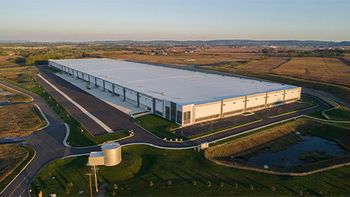
- Pharmaceutical Commerce - April 2010
New study sets benchmark for post-marketing surveillance process
Gaps found in gray areas like adverse events reported on blogs and interactive web events
As the FDA focuses more of its attention on
Best Practices LLC, a research and consulting company, surveyed drug safety executives from 15 biopharmaceutical companies, including Amgen, Boehringer Ingelheim, Novartis, Novo Nordisk and Takeda, on a variety of topics related to post-marketing surveillance of adverse drug events. Best Practices says the study’s objective was to “identify best practices for post-marketing surveillance within the United States, as well as the processes for assessing reports of adverse events, follow-up activities and compliance training.”
Among the findings:
- 50% percent receive more than 1,000 adverse event reports a month.
- Serious reports make up less than 10% of the reports received monthly for 57% of respondents.
- 80% of companies use physicians to review adverse event reports; more than 50 percent also use pharmacists and nurses as reviewers.
- 73% receive adverse event reports from company call centers or disease management programs, followed by company healthcare professionals in the field (67%). Other sources include marketing booths/face-to-face events, consumers who represent the company, distributors, sales force, marketing partners, licensing partners and patients.
- 50% do not collect adverse event reports from Internet sources such as blogs and interactive web events.
The report, entitled “Best Practices for Post-Marketing Surveillance of Adverse Events within the US,” is available at
Articles in this issue
over 15 years ago
PBMs contact Congress over proposed USPS five-day delivery scheduleover 15 years ago
FDA puts a spotlight on cargo theft of life sciences productsover 15 years ago
Diplomat Specialty Pharmacy poised for growth in MichiganNewsletter
Stay ahead in the life sciences industry with Pharmaceutical Commerce, the latest news, trends, and strategies in drug distribution, commercialization, and market access.




